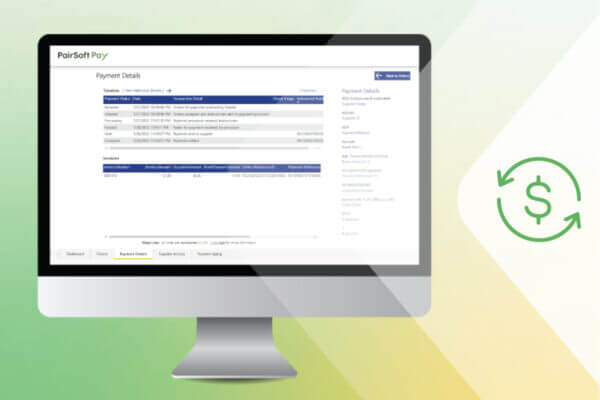
Wadih Pazos
Wadih founded both PairSoft and PaperSave. He is an avid technologist who specializes in streamlining operations and maximizing productivity.
View all posts by Wadih PazosWadih Pazos • June 26, 2015

In fact, Gartner research indicated that by 2018, at least 30 percent of service-centric companies will be using the cloud to manage the majority of their ERP applications. Adoption of the format is becoming standard, and companies that still use on-premise platforms will need to follow suit in order to remain competitive with their peers.
The following suggestions should serve to provide insight into the process for those who remain unsold on the idea of transferring their ERP systems to the cloud.
Gartner noted that companies had the ability to potentially manage all of their ERP applications on one platform up until recent years. Now, however, the hybrid ERP approach has relegated traditional strategies to irrelevance and ushered in a new era that has spawned the combination of cloud point solutions with a smaller core of on-premise functions. The source predicted that this format will become the norm within five years.
Gartner also suggested that while most enterprises will use this hybrid approach to management, many will also move all of their programs to the cloud. The source remarked that implementation of a cloud-exclusive strategy would probably cause some integration challenges – it can be difficult to make a comprehensive, complete jump from on-premise to virtual – but that such an initiative could also maximize efficiency if applied correctly.
Manufacturing Business Technology contributor Alyssa Kadansky asserted that as big data becomes further ingrained as a necessity of the modern business world, ERP managers will need to use it to its full extent. By implementing an electronic document management solution, the source said that companies have further access to immediate data analysis and files that can be shared and retrieved with ease.
The source also recommended that employing automated accounts payable ERP solutions can reduce the risk of human error, and that each transaction is processed and stored in the system. Simple access to historical records, as well as increased accuracy due to automated data tracking, can be huge assets for companies.
A single, centralized system can simplify information transactions, which offers the ability to enhance workflow. Kadansky added that many document management services provide automatic data analysis and access to view files in the workflow process, giving managers new opportunities to evaluate data and prioritize it accordingly.
Gartner’s research found that the cloud ERP implementation will probably take 10 years or so until it reaches majority status, and certain sectors are experiencing much more significant growth than others. For example, the source said that service-centric industries including professional and business services, as well as digital media, have found that moving everything to the cloud better suits their ERP strategies. Integrated platforms are largely geared toward product and asset-driven industries.
Gartner reported that many service-centric companies have already moved key elements of their ERP system to the cloud, and that within the next five years, these organizations are likely to manage the majority of their operations virtually. In contrast, product-centric enterprises are likely to remain dependent on hybrid solutions during this time span, the source projected.
The future of ERP systems is likely going to revolve around the cloud, whether it be a hybrid or completely virtual platform. On-premise strategies are already outdated, and will probably be considered historic relics within a decade or so.
